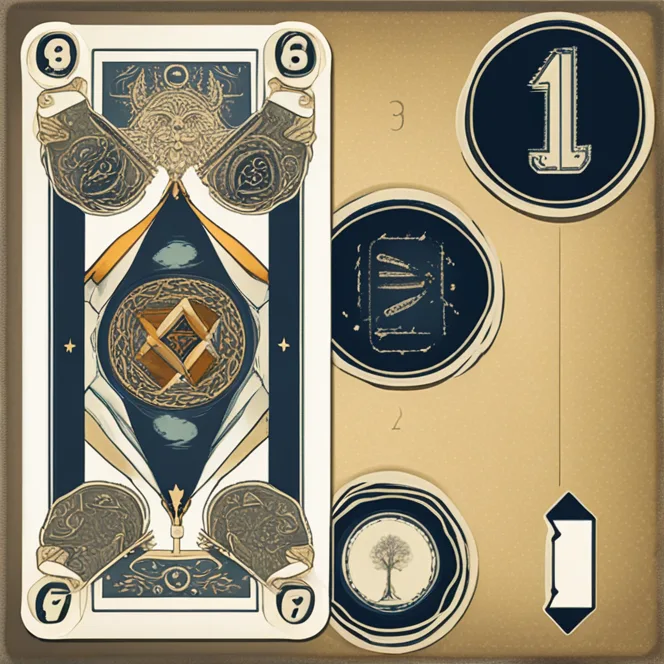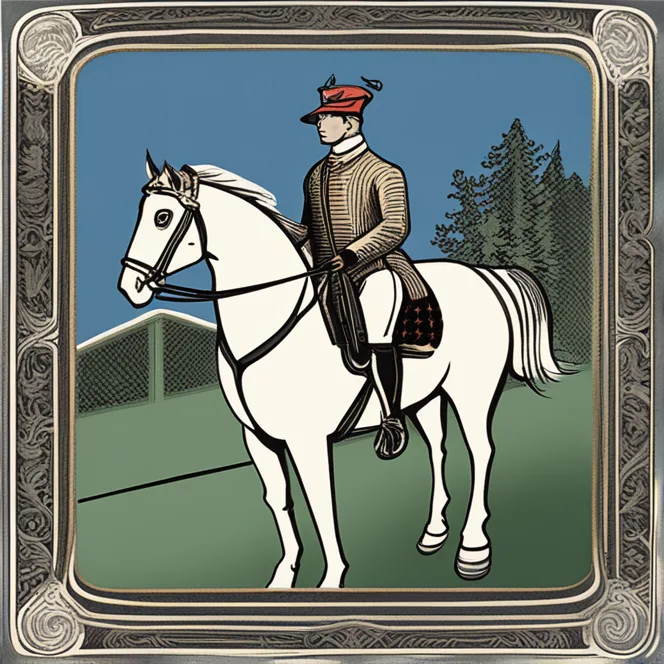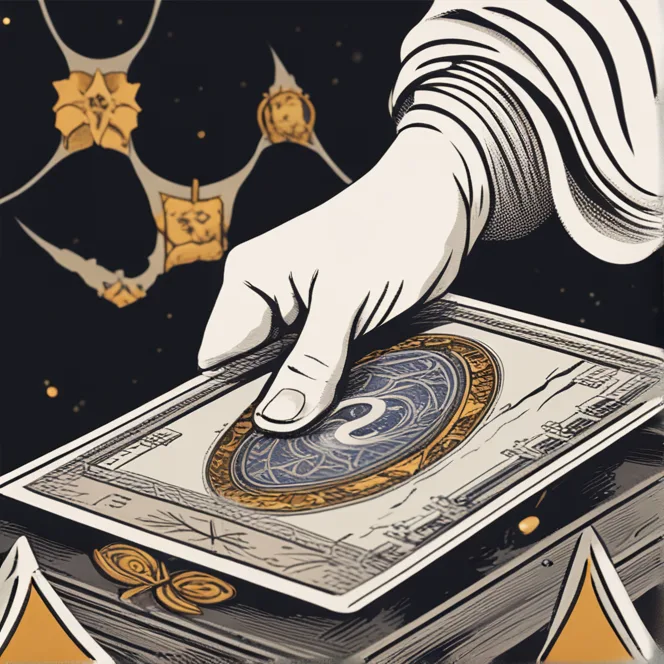
The Roots of Tarot
Tarot cards are often surrounded by an aura of mystery, extending back to their early use in the 15th century. Originally employed for playing a group of card games, tarot had a rather mundane beginning. It wasn't until the 18th century that tarot cards began to be seen through a mystical lens, used for divination purposes. The cards' intricate symbolism and evocative artwork made them a natural fit for this kind of spiritual introspection. As we reached the modern era, tarot reading gained momentum, often paralleling trends in spirituality and esotericism. Now in 2024 and beyond, the practice continues to evolve, integrating contemporary issues and questions into its folds.

Anatomy of a Tarot Deck
A standard tarot deck consists of 78 cards, each holding its own imagery, symbolism, and story. The deck is divided into two main sections: the Major Arcana, 22 cards that represent life's karmic and spiritual lessons, and the Minor Arcana, which is akin to a traditional deck of playing cards but with 56 cards in four suits that reflect the trials and tribulations of daily life. Each card bears not just artwork but philosophies, astrological associations, and numerological insights, allowing for a wide range of interpretations and pathways to understanding.
..webp)
Tarot Reading Practice
A tarot reading involves drawing cards and interpreting their implications based on both their standard meanings and the context in which they appear. Whether it's a single card pull for daily insight or a more complex spread addressing a specific question, the reader combines intuition with a deep knowledge of the card interpretations. In modern times, tarot readings have adapted to the digital space, where online platforms and apps now offer interactive readings referencing current astrological forecasts appropriate for the year 2024 and onward.

The Symbolic Language
Tarot card imagery is dense with symbolism drawn from a variety of sources, including astrology, Kabbalah, and alchemy, among others. Each deck may adhere to different artistic styles, but they all communicate through a shared esoteric vocabulary. For example, water is often associated with emotions, while swords might be linked to thought and intellect. The Fool card, typically numbered as 0, signifies new beginnings and a free spirit, resonating with Aries' pioneering nature in astrology.

Interpretation and Insight
Interpreting tarot cards requires an open-minded and reflective approach. The reader must consider the positioning of cards (reversed or upright), the synergy between cards, and the specific inquiry or life situation at hand. A vigorous blend of learned knowledge and intuitive insight charts the course of a reading. Tarot doesn't predict the future but rather illuminates possibilities and paths, empowering individuals to understand their circumstances and influence their outcomes, particularly as they enter times of change in the upcoming years.
Tarot's Contemporary Resonance
As we look ahead to the rest of the 2020s, tarot's relevance appears undiminished. Its capacity to offer personal insight and foster self-guided exploration has made it a valuable tool for many seeking clarity. In an age where uncertainty often prevails, the need for introspective practices like tarot readings is paramount. With each spread laid out, participants are invited to pause and reflect, a practice that remains essential in our fast-paced digital world.
Published: 12/15/2023
Modified: 12/15/2023
More predictions
Come back here soon to learn more about yourself and your future


Deciphering The Symbolism Of Tarot Cards
A concise guide to the symbolism and interpretation of tarot cards for insight and divination.


Tarot: The Mystical World of Pentacles
Delve into the Tarot's suit of Pentacles and their symbolism in life, work, and material matters.


Easy Tarot Spreads For Beginner
Master the basics of tarot with easy spreads for beginners – find clarity and insight into life's questions.